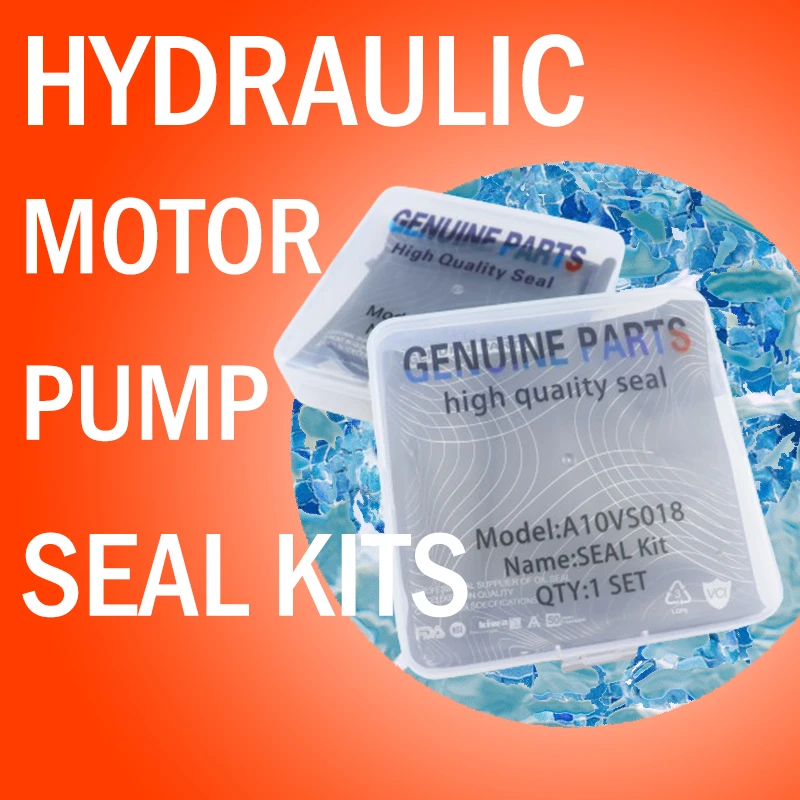Dec . 25, 2024 01:45 Back to list
hydraulic dust seal
Understanding Hydraulic Dust Seals Importance, Functionality, and Applications
Hydraulic dust seals play a crucial role in various hydraulic systems, ensuring the integrity and efficiency of machinery by preventing contaminants from entering sensitive components. These seals are designed to protect hydraulic cylinders, motors, and other hydraulic devices from dust, dirt, moisture, and other harmful substances that could compromise their performance and longevity.
Importance of Hydraulic Dust Seals
In hydraulic systems, maintaining clean conditions is vital for optimal operation. Contaminants can cause wear and tear on internal components, leading to premature failures and costly repairs. Hydraulic dust seals serve as the first line of defense, safeguarding machineries like excavators, tractors, and industrial equipment by preventing debris and pollutants from breaching the system.
The importance of hydraulic dust seals can be understood from several perspectives
1. Protection Against Contamination Hydraulic systems operate under high pressure and involve complex interactions between fluids and mechanical parts. Dust seals prevent external particles from infiltrating the system, thereby reducing the risk of contamination. This protection is essential for maintaining the viscosity and integrity of hydraulic fluids.
2. Longevity of Components By keeping contaminants at bay, hydraulic dust seals extend the life of critical components, such as pistons and cylinders. They reduce wear caused by friction between moving parts, ultimately leading to fewer breakdowns and lower maintenance costs.
3. Operational Efficiency A well-sealed hydraulic system improves efficiency by maintaining optimal pressure levels and reducing leakage. This ensures that machinery operates smoothly, which is especially important in applications that require precision and reliability.
4. Safety Considerations In applications involving heavy machinery, failure of hydraulic systems due to contamination can pose safety hazards. Proper sealing mitigates these risks, ensuring that operators and surrounding personnel remain safe.
Functionality of Hydraulic Dust Seals
Hydraulic dust seals function through a combination of material choice and design. Typically made from elastomers or thermoplastics, these materials are chosen for their durability, flexibility, and resistance to wear and corrosion. Common materials include nitrile rubber, polyurethane, and fluoroelastomers, each offering unique benefits suited for specific applications.
The design of hydraulic dust seals often incorporates features that enhance their effectiveness
hydraulic dust seal

- Lip Design The sealing lip plays a crucial role in maintaining contact with the moving component, ensuring an effective barrier against contaminants while allowing for some degree of motion.
- Pressure Compensation Some advanced seals include features that accommodate changes in pressure within the hydraulic system. This functionality helps maintain a consistent seal even under varying operational conditions.
- Multiple Lip Configurations In more demanding applications, multiple sealing lips may be used to provide additional layers of protection against dust and debris.
Applications of Hydraulic Dust Seals
Hydraulic dust seals are utilized across a wide range of industries, highlighting their versatility and importance
- Construction In construction equipment like excavators, bulldozers, and backhoes, dust seals protect hydraulic cylinders and components from the abrasive environment typically found on job sites.
- Agriculture In tractors and harvesting machinery, hydraulic dust seals help ensure smooth operation despite exposure to soil, dust, and other environmental contaminants.
- Manufacturing Hydraulic machinery in manufacturing processes relies on effective sealing to maintain precision and efficiency, particularly in automated systems.
- Transportation Vehicle hydraulic systems, such as those used in brakes and steering, also benefit from reliable dust seals to prevent failure and maintain safety.
Conclusion
Hydraulic dust seals are fundamental components that underpin the reliability and efficiency of hydraulic systems across various sectors. By preventing contamination and extending the lifespan of equipment, they play an essential role in minimizing operational disruptions and ensuring safety. Understanding the importance and functionality of hydraulic dust seals aids operators and maintenance teams in making informed choices that enhance the performance of their hydraulic machinery. Investing in quality seals and maintaining them properly is key to achieving operational excellence and prolonging the life of hydraulic systems.
-
TCN Oil Seal Metal Ring Reinforcement for Heavy Machinery
NewsJul.25,2025
-
Rotary Lip Seal Spring-Loaded Design for High-Speed Applications
NewsJul.25,2025
-
Hydraulic Cylinder Seals Polyurethane Material for High-Impact Jobs
NewsJul.25,2025
-
High Pressure Oil Seal Polyurethane Coating Wear Resistance
NewsJul.25,2025
-
Dust Proof Seal Double Lip Design for Construction Equipment
NewsJul.25,2025
-
Hub Seal Polyurethane Wear Resistance in Agricultural Vehicles
NewsJul.25,2025
-
The Trans-formative Journey of Wheel Hub Oil Seals
NewsJun.06,2025
Products categories
















